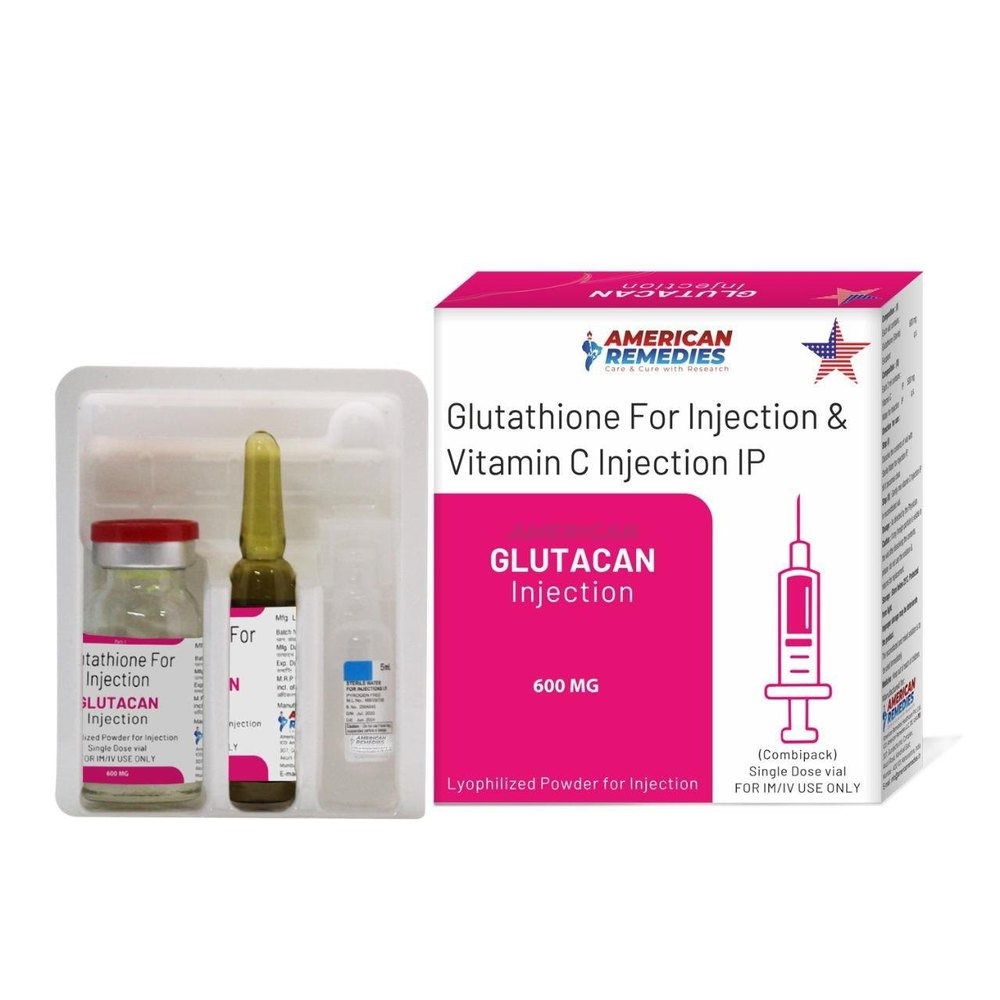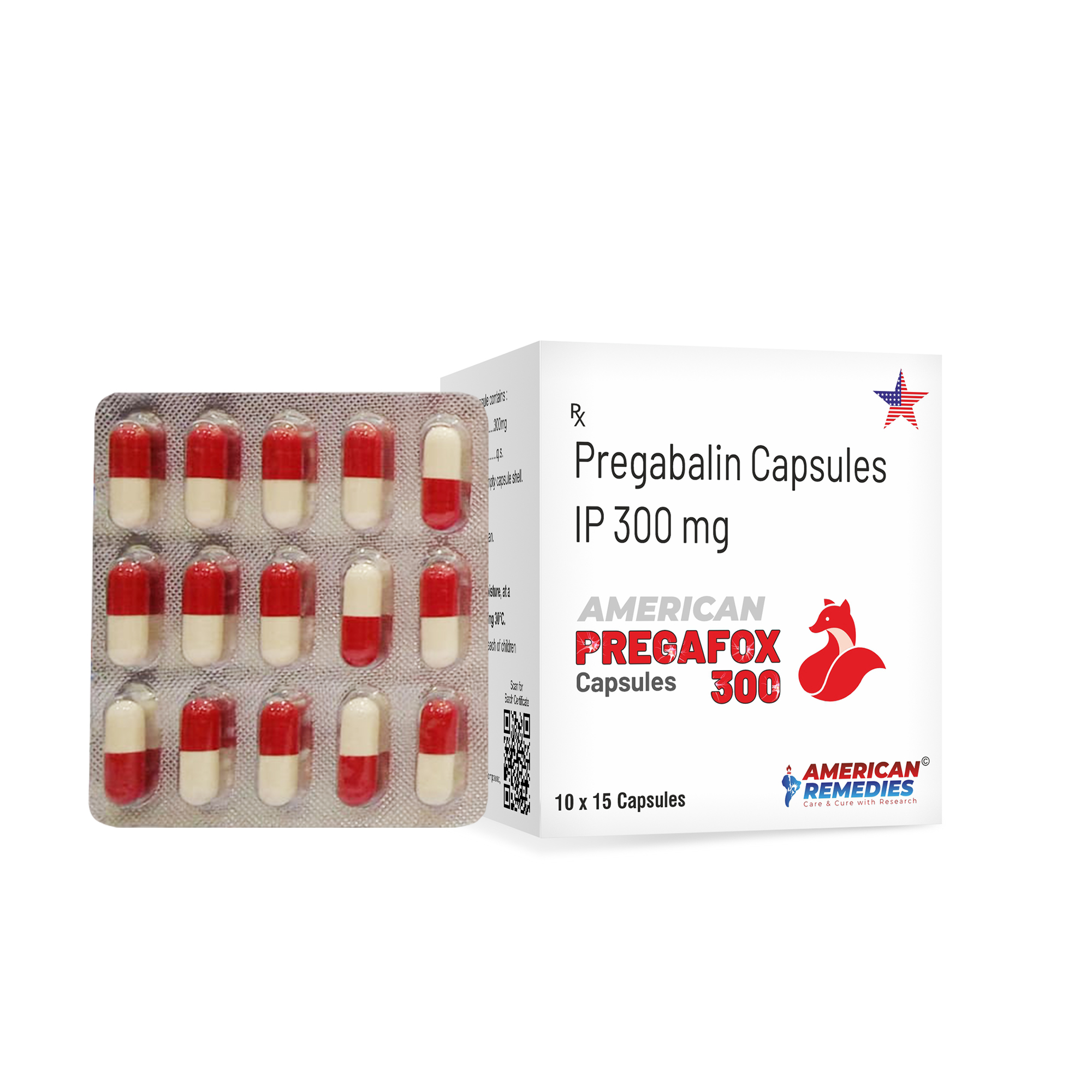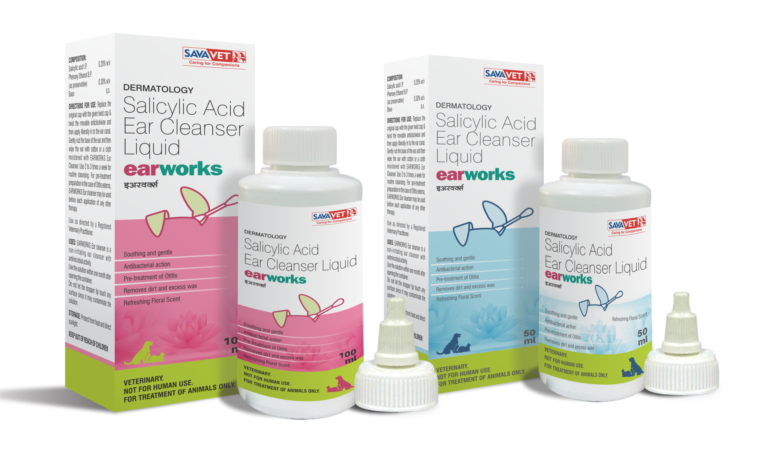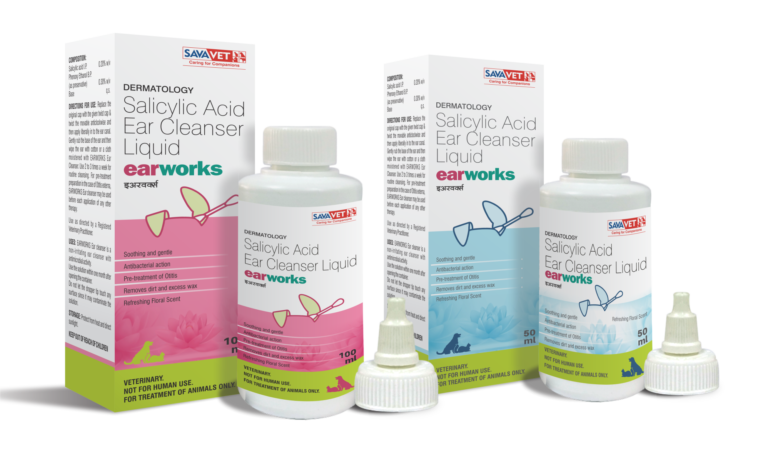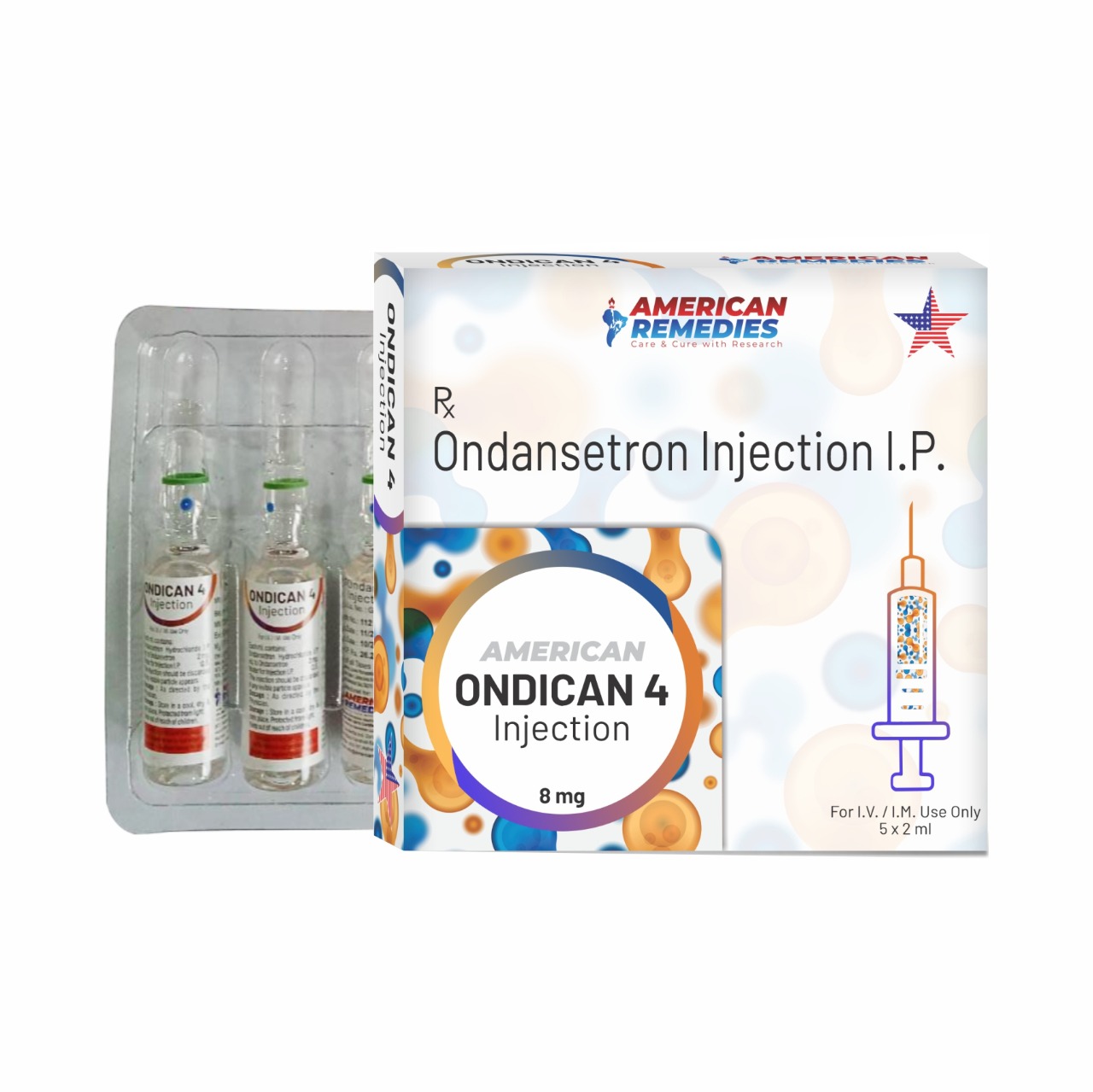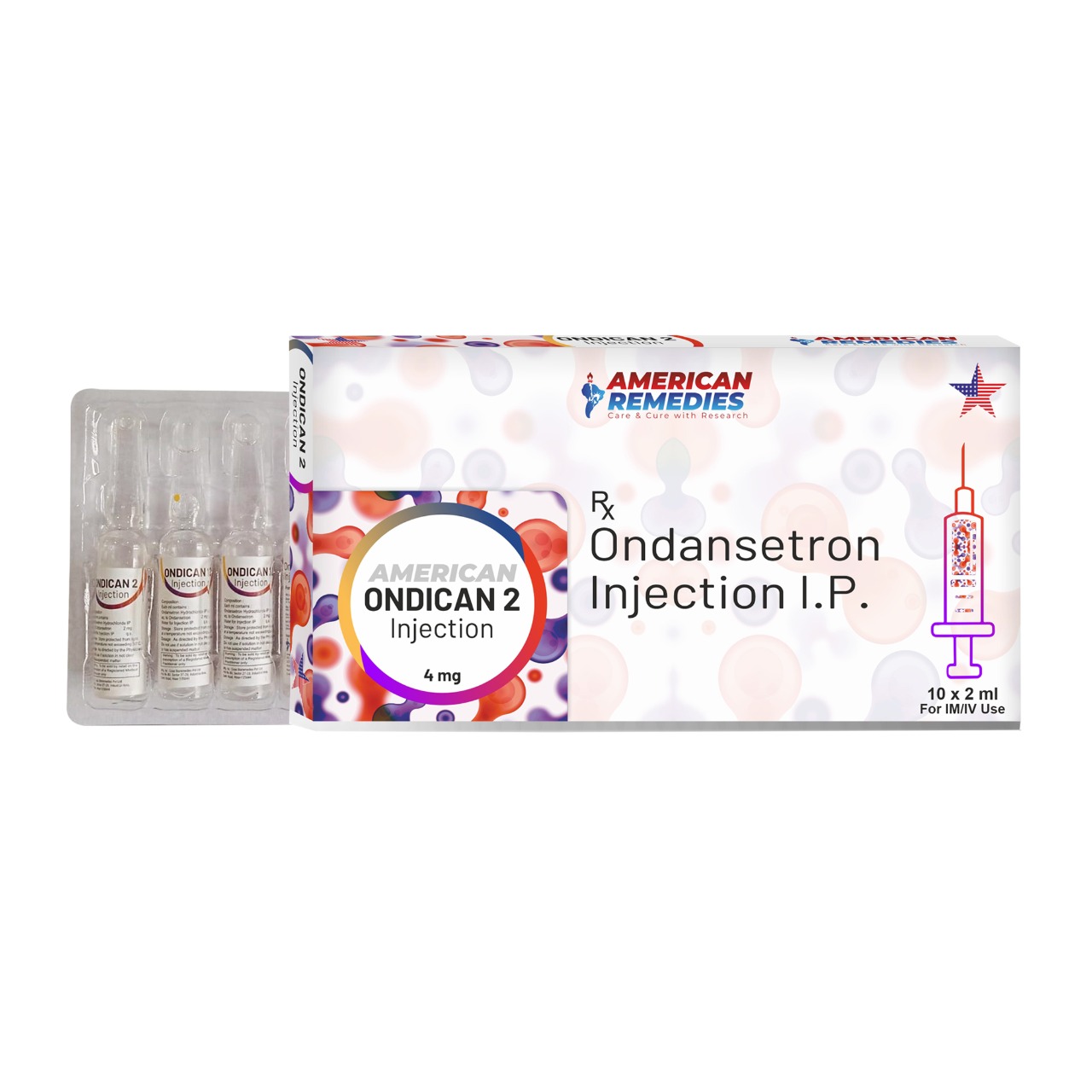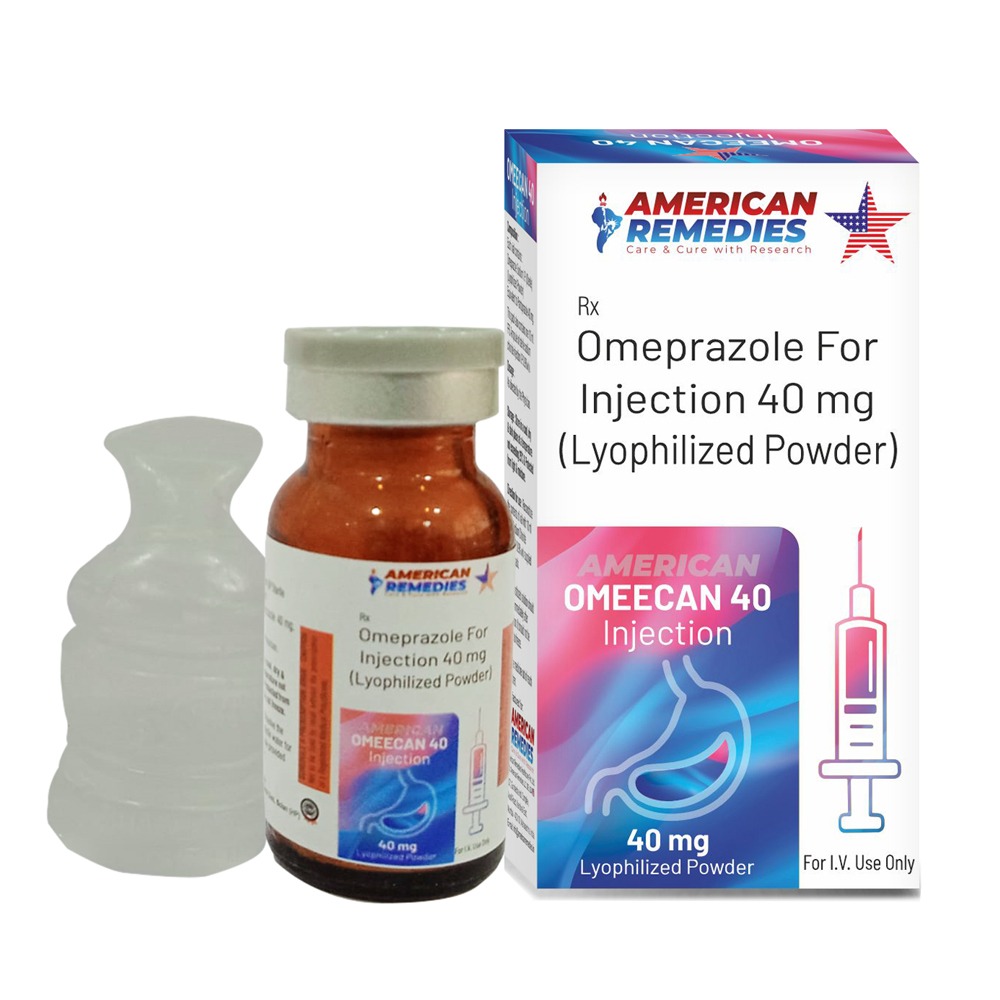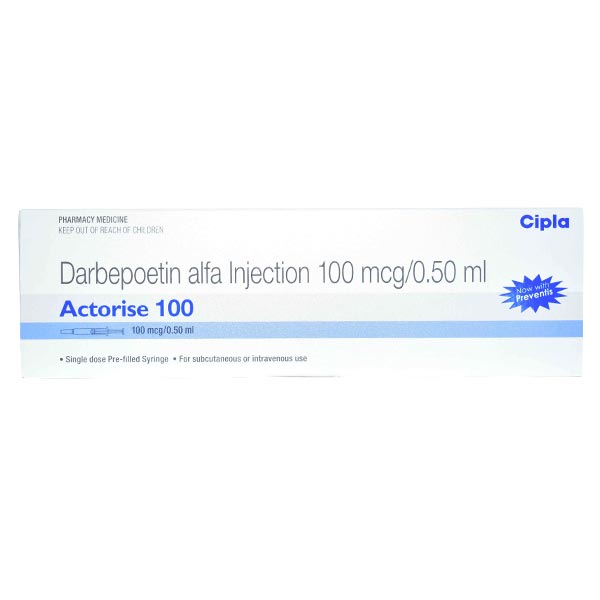Disodium EDTA Injection (Ethylenediaminetetraacetic acid, disodium salt) is a chelating agent, similar to calcium disodium EDTA, but with different uses, safety profile, and risks. It’s much less commonly used today due to safety concerns and has narrower indications. 🔹 Main Uses of Disodium EDTA Injection: 🦙 Hypercalcemia (High Blood Calcium Levels) It can be used in emergency treatment of severe hypercalcemia, especially when rapid calcium reduction is required. It works by binding free calcium ions in the blood. 🫀 Digitalis Toxicity (rare use) Sometimes used to manage digoxin toxicity by lowering calcium levels, as excess calcium can worsen digoxin effects. 🧪 Experimental or Unapproved Use: Chelation therapy for atherosclerosis (plaque buildup in arteries): Previously promoted in 'alternative' medicine as a treatment for heart disease. ⚠️ Not FDA-approved for cardiovascular use due to risk of severe side effects including death. ⚠️ Important Warnings & Safety Concerns: Disodium EDTA has been associated with fatal hypocalcemia (low calcium levels) when misused. Because of this, it is generally not used for lead poisoning—Calcium Disodium EDTA (CaNa₂EDTA) is the preferred and safer agent. It requires hospital setting administration with continuous monitoring. 💉 How It’s Given: Administered via IV infusion. Given slowly to prevent rapid electrolyte shifts and heart complications. 🚫 Not Used For: Lead poisoning — too dangerous due to calcium depletion. General detox — not approved or supported by scientific evidence.
Send Message